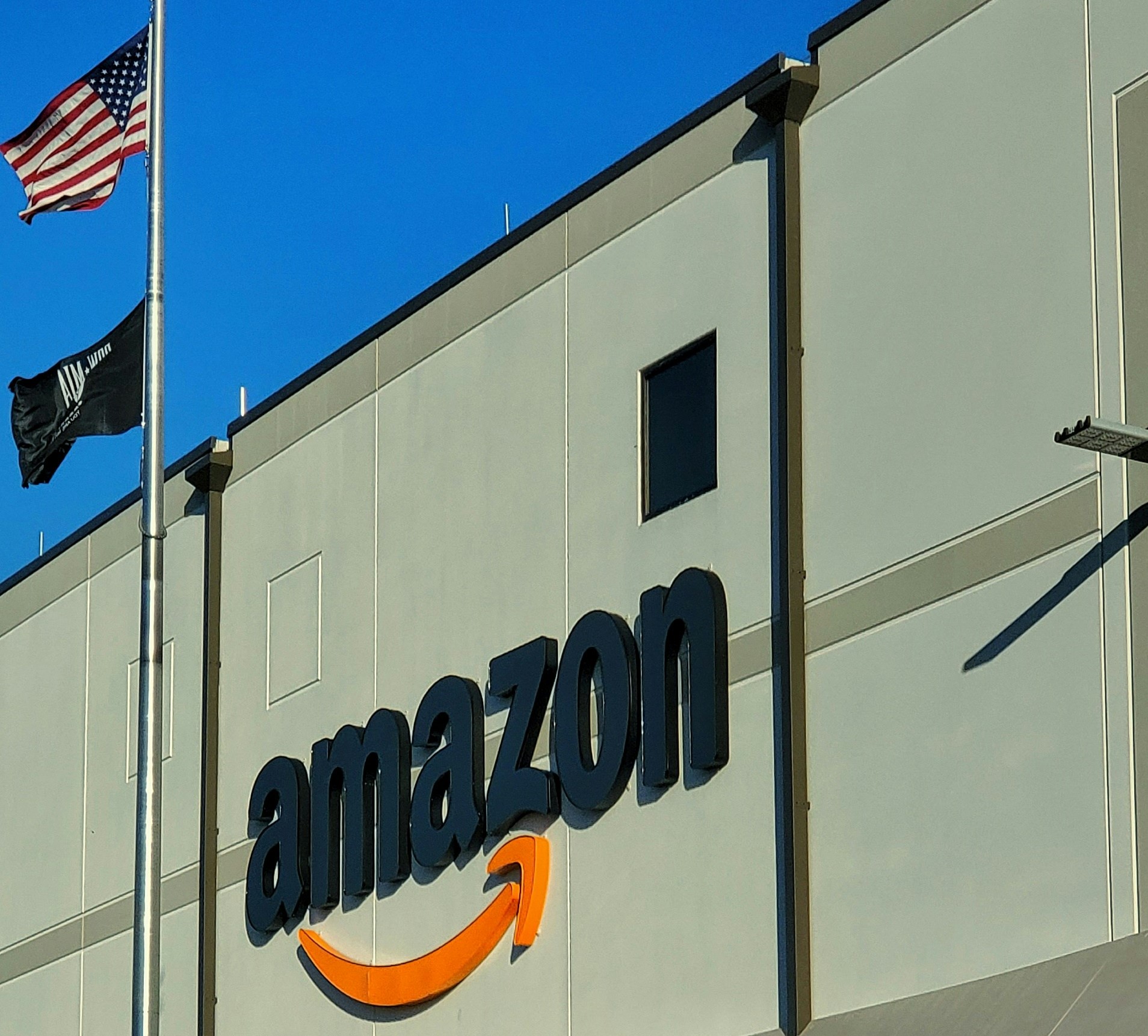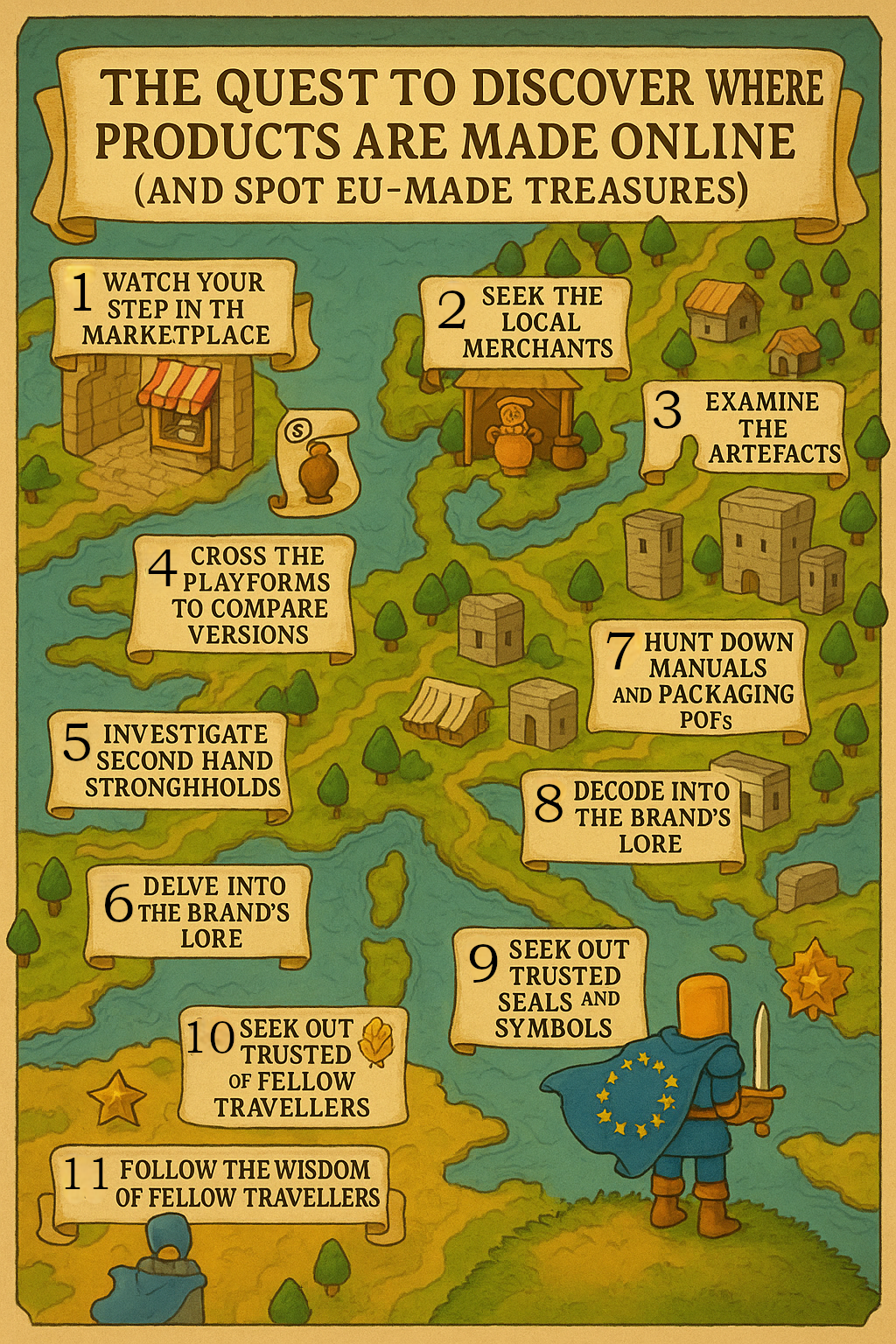In an era where global supply chains blur the lines of national identity, understanding a brand’s true country of origin has become increasingly complex. Many consumers aim to support local economies, uphold ethical labour standards, or reduce environmental impact through their purchasing choices. However, determining where a product is genuinely made or who owns the brand can be challenging. This guide offers practical steps to uncover a brand’s authentic origins using online tools and trusted sources.
1. Understand the Different Definitions of “Origin”
Not all origin labels mean the same thing:
- Country of Manufacture: Where the product is physically made or assembled.
- Brand Origin: Where the company was originally founded or is headquartered.
- Ownership Origin: Who owns the company now.
For example, a handbag may be branded “Made in Italy” but sewn in Tunisia with Chinese zippers, and the parent company may be owned by a French or American group.
To better understand the EU’s official stance, check the rules of origin outlined by the European Commission’s Trade Portal. These rules are used in trade deals to determine where a product is truly “from” for tariff and customs purposes.
2. Use Trusted Online Tools to Research
You don’t need to be an economist to do a basic background check on a brand. Here’s how:
Use Official EU and Global Trade Databases
- Access2Markets: This EU portal allows you to look up origin rules, trade agreements, and customs data on imported products.
- WTO Rules of Origin Gateway: For a global perspective, the WTO provides guidance on how “origin” is defined in international trade.
- EU Taxation and Customs Union: Offers clarity on labeling requirements, customs codes, and product classification.
Use Corporate and Retailer Websites
- Company “About Us” sections and sustainability pages often disclose production locations.
- Some ethical retailers display manufacturing origins per product. NotChina.org is one independent directory that tracks these policies.
3. Don’t Be Fooled by European Branding
A brand that sounds European may not actually manufacture in the EU—or even be owned by a European entity. Some examples:
- Volvo: A Swedish-born company, now owned by China’s Geely. Despite this, it markets heavily on its Scandinavian identity. (euractiv.com)
- Versace: While synonymous with Italian luxury, Versace was owned by US-based Capri Holdings until recently. In 2025, it returned to Italian hands after a €1.25 billion acquisition by Prada. (euronews.com)
- Bosch & Siemens Home Appliances (BSH): A proudly German brand, but much of its manufacturing occurs in Turkey, China, and other countries. Their ownership remains German, but production is global.
4. Check Brand Ownership
Global conglomerates often own dozens of brands. What seems like a local label might be part of a multinational structure.
- Use business databases like EU Open Data Portal or public annual reports from brand websites.
- A quick search like “Who owns [brand]?” followed by “site:.eu” can reveal reliable sources from EU institutions or news outlets.
- Use websites like Crunchbase to find out who actually own the company (investors)
5. Watch Out for Greenwashing and “European-Washing”
Common marketing tricks include:
- “Designed in Germany” / “Inspired by Paris”: This says nothing about manufacturing origin.
- EU Flags or Maps on packaging that mask the fact the product was made in Asia.
If you’re unsure whether a label complies with EU laws, refer to customs labelling regulations which set clear rules for what can be labelled as “EU origin”.
6. Go Deeper With Import & Trade Data
For very determined consumers or journalists:
- ImportYeti: Shows U.S. import records by company—useful for identifying overseas manufacturers.
- EU Market Access Database: Offers details on product categories and origin implications within the Single Market.
Final Tips Before You Buy
✅ Look beyond the branding.
✅ Check ownership and where the product is made.
✅ Use official EU resources for reliable and transparent data.
✅ When in doubt, contact the brand directly.



